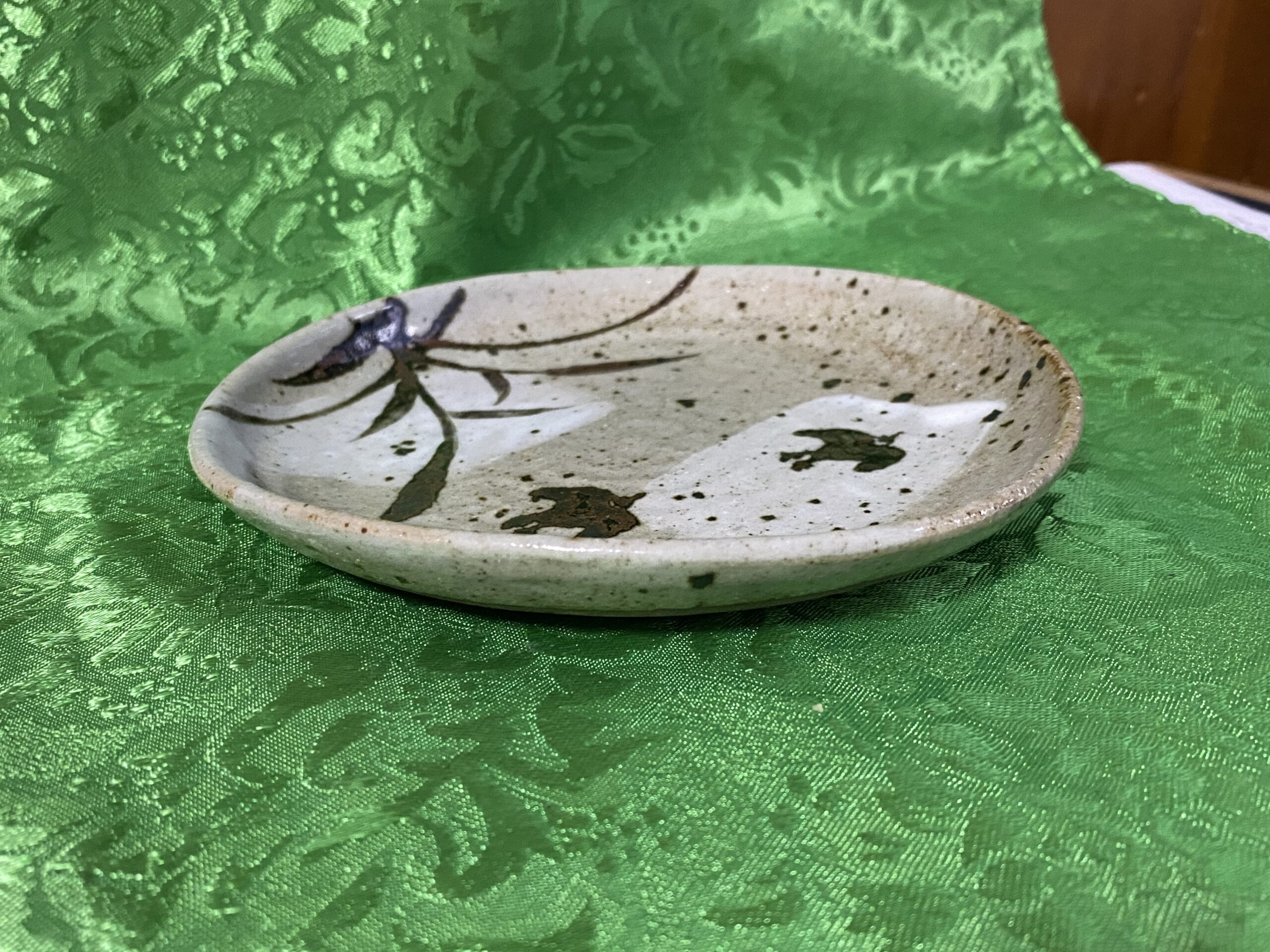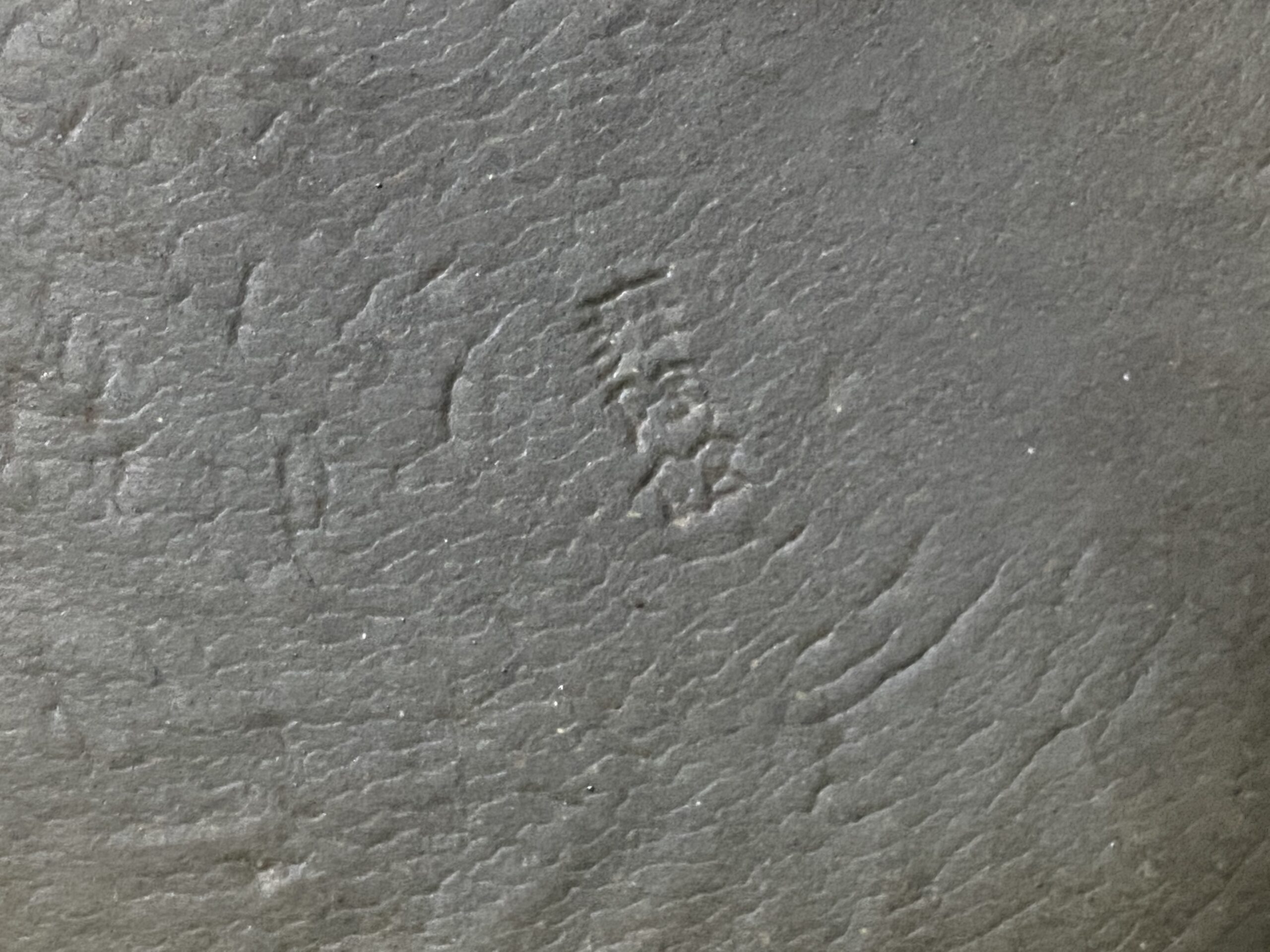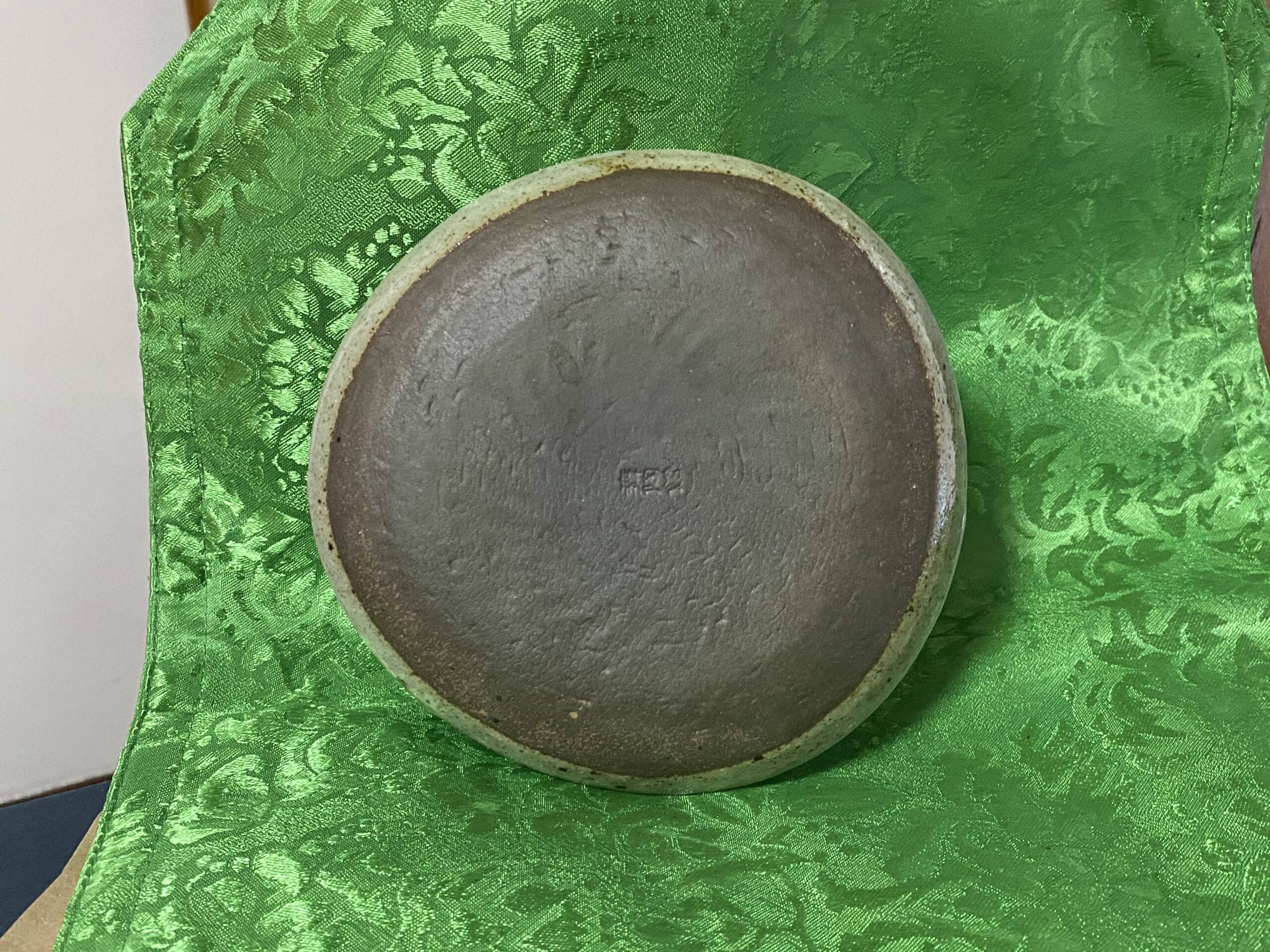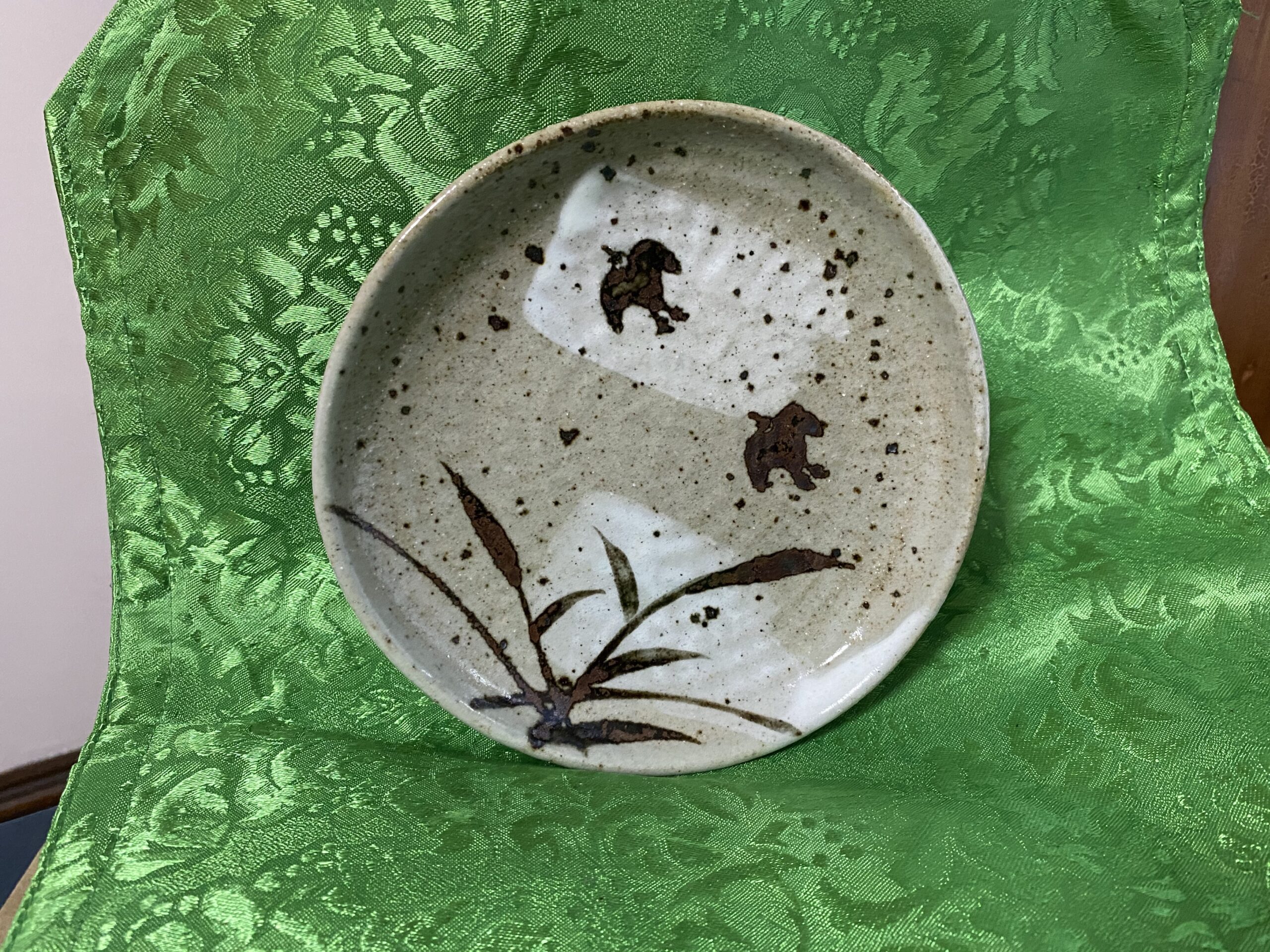Modern Handmade Japanese Ceramic Dishes Example #1: 29 ppm Lead + 4 ppm Cadmium. Safe by all standards.

 July 24, 2021 – Saturday
July 24, 2021 – Saturday
Introduction:
Tamara Rubin is an independent advocate for consumer goods safety, and she is also a mother of Lead-poisoned children. She began testing consumer goods for toxicants in 2009, and was the parent-advocate responsible for finding Lead in the popular fidget spinner toys in 2017. She uses XRF testing (a scientific method used by the Consumer Product Safety Commission) to test consumer goods for metallic toxicants (including Lead, Cadmium, Mercury and Arsenic). To read more about the testing methodology employed for the test results reported on this blog, please click this link.
The test results of most of the consumer goods shared on this blog are from items that have been sent in by my readers for testing and reporting. This is a collaborative effort (with my readers) to help you make informed decisions for your family (so you can have an idea of what to look for [and what you might want to avoid] in making safer choices for your home.)
Reading #1.) XRF test results for the dish pictured – light brown glaze
100-second minimum test (repeated multiple times to confirm the results)
- Lead (Pb): 5 +/- 2 ppm
- Cadmium (Cd): 4 +/- 2 ppm
- Manganese (Mn): 623 +/- 57 ppm
- Iron (Fe): 9,419 +/- 113 ppm
- Copper (Cu): 135 +/- 10 ppm
- Zinc (Zn): 1,449 +/- 22 ppm
- Tin (Sn): 5 +/- 2 ppm
- Barium (Ba): 133 +/- 9 ppm
- Bismuth (Bi): 17 +/- 3 ppm
Reading #2.) XRF test results for the dish pictured – dark brown glaze
60-second minimum test (repeated multiple times to confirm the results)
- Lead (Pb): 5 +/- 3 ppm
- Manganese (Mn): 1,803 +/- 80 ppm
- Iron (Fe): 57,800 +/- 500 ppm
- Nickel (Ni): 42 +/- 23 ppm
- Copper (Cu): 83 +/- 11 ppm
- Zinc (Zn): 911 +/- 21 ppm
- Barium (Ba): 165 +/- 13 ppm
- Bismuth (Bi): 10 +/- 3 ppm
Reading #3.) XRF test results for the dish pictured – “white” glaze
60-second minimum test (repeated multiple times to confirm the results)
- Lead (Pb): 5 +/- 3 ppm
- Iron (Fe):: 4,387 +/- 91 ppm
- Copper (Cu): 112 +/- 11 ppm
- Zinc (Zn): 567 +/- 16 ppm
- Zirconium (Zr): 261 +/- 5 ppm
- Barium (Ba): 149 +/- 11 ppm
- Platinum (Pt): 21 +/- 11 ppm
- Bismuth (Bi): 18 +/- 3 ppm
Reading #4.) XRF test results for the dish pictured – unglazed back of dish
60-second minimum test (repeated multiple times to confirm the results)
- Lead (Pb): 29 +/- 4 ppm
- Cadmium (Cd): 3 +/- 2 ppm
- Manganese (Mn): 5,616 +/- 132 ppm
- Iron (Fe): 25,100 +/- 300 ppm
- Nickel (Ni): 50 +/- 24 ppm
- Copper (Cu): 35 +/- 10 ppm
- Zinc (Zn): 80 +/- 7 ppm
- Tin (Sn): 6 +/- 3 ppm
- Barium (Ba): 142 +/- 12 ppm
- Platinum (Pt): 42 +/- 12 ppm
- Bismuth (Bi): 17 +/- 3 ppm
Note: The levels of Lead in the various components of this dish (with the Lead level in the bare clay being higher than the Lead level in the glazed components) indicate a high likelihood that the glaze is Lead-free. The findings of Lead in the glazed area are likely reading through to the higher Lead levels found in the clay substrate. Said another way: the low levels found in the glaze are likely readings of the substrate that are diluted (made lower) by virtue of reading through the surface coating of the Lead free glaze. In any case all of the readings for this dish (and some of the similar dishes in this set) indicate these dishes are safe by all modern standards.
Some additional reading that might be of interest:
- The post discussing the testing methodology used on this website
- Post discussing how to send in an item for testing
- Things that you can test at home.
- Things that might be better tested with an XRF instrument.
- “Can I test things myself at home?”
Thanks for reading. Thank you for sharing my posts. As always, please let me know if you have any questions and I will do my best to answer them personally as soon as I have a moment (which may not be right away – but I will try!)
Tamara Rubin
#LeadSafeMama
Amazon links are affiliate links. If you purchase something after clicking on one of my links I may receive a percentage of what you spend – at no extra cost to you.

Never Miss an Important Article Again!
Join our Email List


 July 24, 2021 – Saturday
July 24, 2021 – Saturday

Hi Tamara, do you know what brand this is or what store it’s from? PS Thanks for all you do!
I believe these were from a shop on a military base in Japan… for service members OR from a museum. I need to find that info and update the post.
T
Hello Tamara,
Looking at some of your reviews on japanese ceramics, it seems like they’re maybe safe in general, or is it case by case?
I have a japanese style mortar and grind eggshells in it.
I need to buy a new one and worry about its safety.
I shy away from granit/marble/any stone mortar, I don’t trust it, especially granit.
There’s also a white ceramic mortar online.
Would you say that white ceramic would be the safest choice, or japanese unglazed ceramic mortar?
Thank you in advance.
All the best,
Sonia